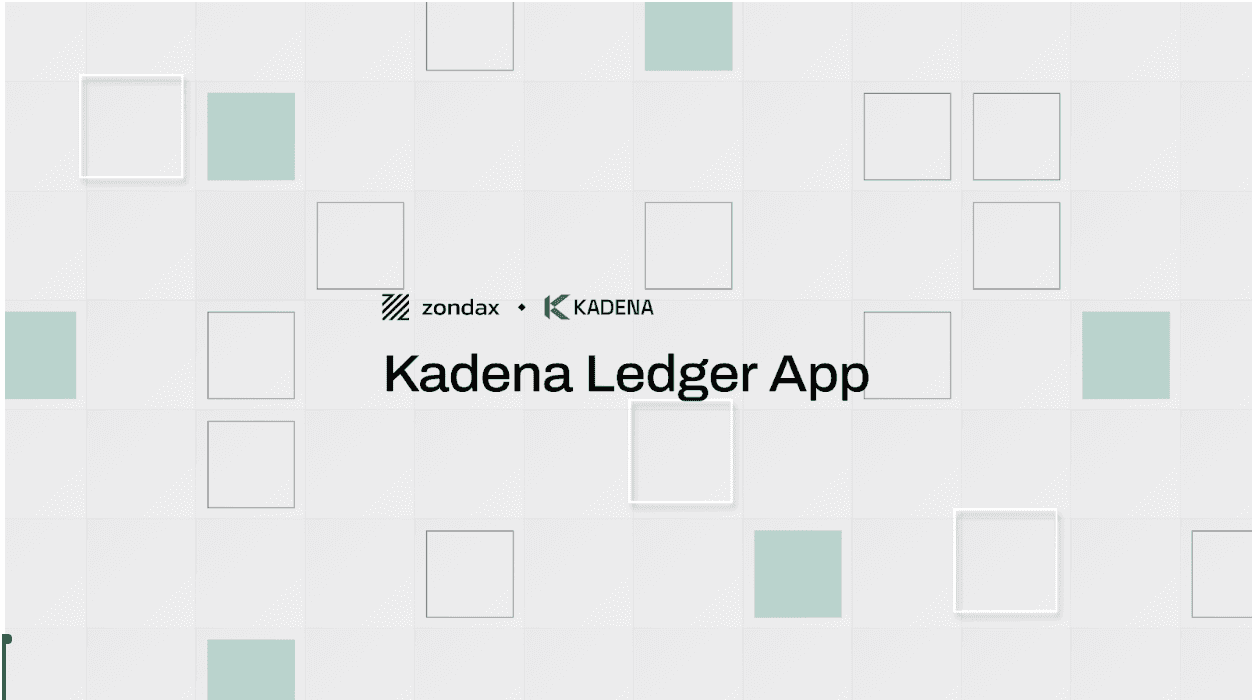Cosmos Rosetta Dockerization: Simplifying Deployment and Enhancing Accessibility
September 29, 2023
–
2 min read
Integration
Protocol
The Rosetta project, amidst blockchain's complexity, emphasizes simplicity and accessibility. Docker integration underscores this commitment, empowering users and developers alike. Rosetta, now a plug-and-play solution, paves the way for seamless blockchain innovation.

In a blockchain landscape marked by complexity, the Rosetta project stands out by prioritizing simplicity and accessibility. The introduction of a Docker image aligns with this commitment and empowers both users and developers. With Docker, Rosetta becomes more than a tool; it's a seamless experience, a plug-and-play solution that streamlines the path to blockchain innovation.
Docker containers have become a cornerstone in modern software development. They provide an isolated, controlled environment where applications can run consistently, regardless of the underlying infrastructure. This containerization not only ensures that all necessary dependencies are bundled together but also enhances portability across diverse platforms.

Docker images play an important role ensuring the reproducibility of builds. By encapsulating an application's environment, dependencies, and configuration in a container, Docker allows developers to recreate the exact development environment regardless of where it's deployed. This ensures that builds remain consistent and reproducible, reducing the risk of issues stemming from differences between development and production environments.That why this update is great, because Docker allows you to run the project on any architecture, easily integrate it into container environments such as kubernetes, and allows you to make reproducible builds.
Another critical aspect is end-to-end (E2E) and integration testing. Docker facilitates the creation of more meaningful and efficient tests, ensuring that Rosetta functions seamlessly in various scenarios.
The proposal was clear and actionable, creating a Docker image that automates the process of building Rosetta and its default cosmos-zone plugin. Additionally, a corresponding GitHub workflow will ensure that the Docker image is always up-to-date, reflecting the latest changes to the Rosetta repository.
This initiative embodies the project's commitment to user-friendliness and adoption. With the Docker image readily available, anyone interested in using Rosetta can enjoy a smoother experience. The setup process is simplified, and the potential for integration and testing is greatly improved.
Join us on this thrilling journey into the world of Rosetta and Cosmos SDK v0.50. For more updates, visit www.zondax.ch, follow us on X, LinkedIn and Telegram.
Read More
How Beryx is Elevating the Filecoin Ecosystem
Beryx by Zondax enhances the Filecoin ecosystem with a powerful explorer, developer tools, real-time data API, gas estimation, and a testnet faucet—empowering seamless blockchain interactions.
Making the Most Out of the Beryx API: Your Ally for Filecoin Development
For over a year, Zondax has developed the Beryx Explorer and API. With over 90 endpoints, it streamlines interactions with the FVM and FEVM.
Todas en una: La nueva app de Polkadot
La nueva aplicación Polkadot gestiona fácilmente la red Polkadot, incluyendo parachains y relay chain, con actualizaciones. Creada por peticiones de la comunidad, centraliza el control y añade nuevas características sin perder seguridad.
Other Articles

February 20, 2025
Kadena's Ledger App upgrade is live! Zondax, with 50+ apps, delivers top-tier security. A robust partnership for seamless, secure crypto asset management.

September 24, 2024
Teaming up with Filecoin Foundation, Zondax hosted an event as Orbit Ambassadors. 30+ attendees discussed Filecoin, Polkadot, Ledger, and the Mexican blockchain scene.

Security
May 2, 2025
The Polkadot Migration Assistant guides users through a smooth, step-by-step transition to the Universal Polkadot Ledger app.
Teaming up with Filecoin Foundation, Zondax hosted an event as Orbit Ambassadors. 30+ attendees discussed Filecoin, Polkadot, Ledger, and the Mexican blockchain scene.

Security
The Polkadot Migration Assistant guides users through a smooth, step-by-step transition to the Universal Polkadot Ledger app.
